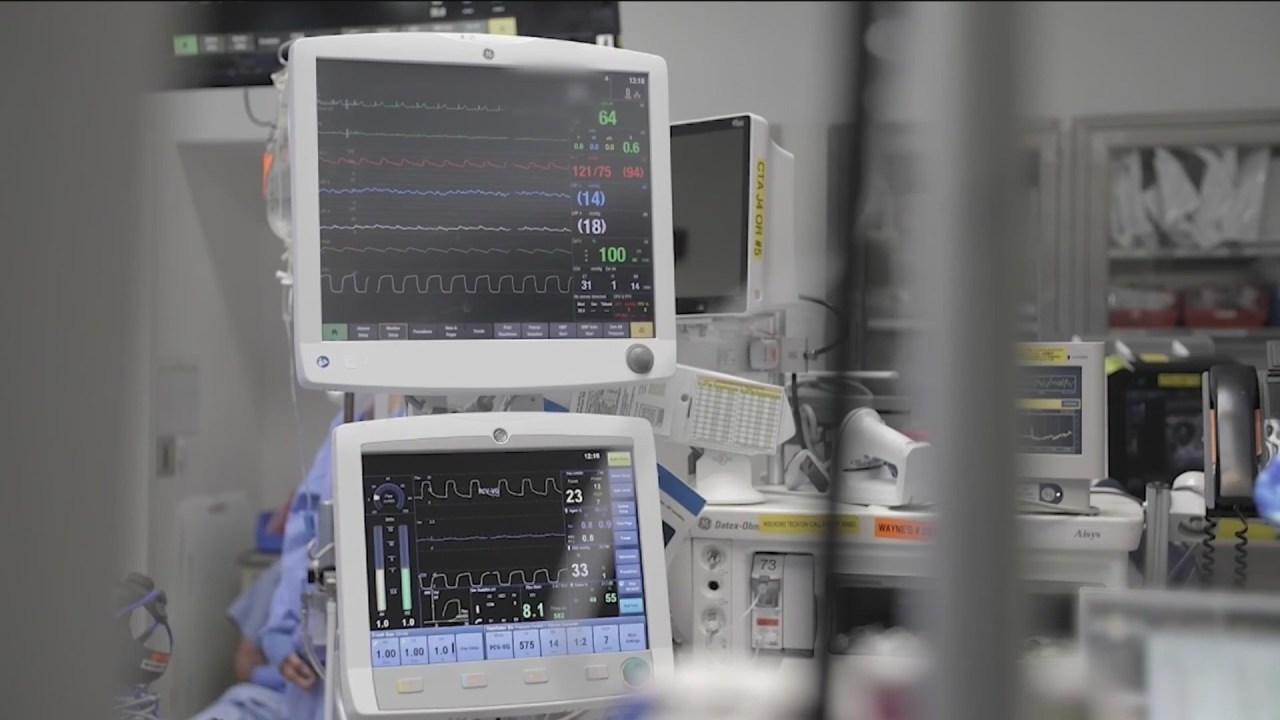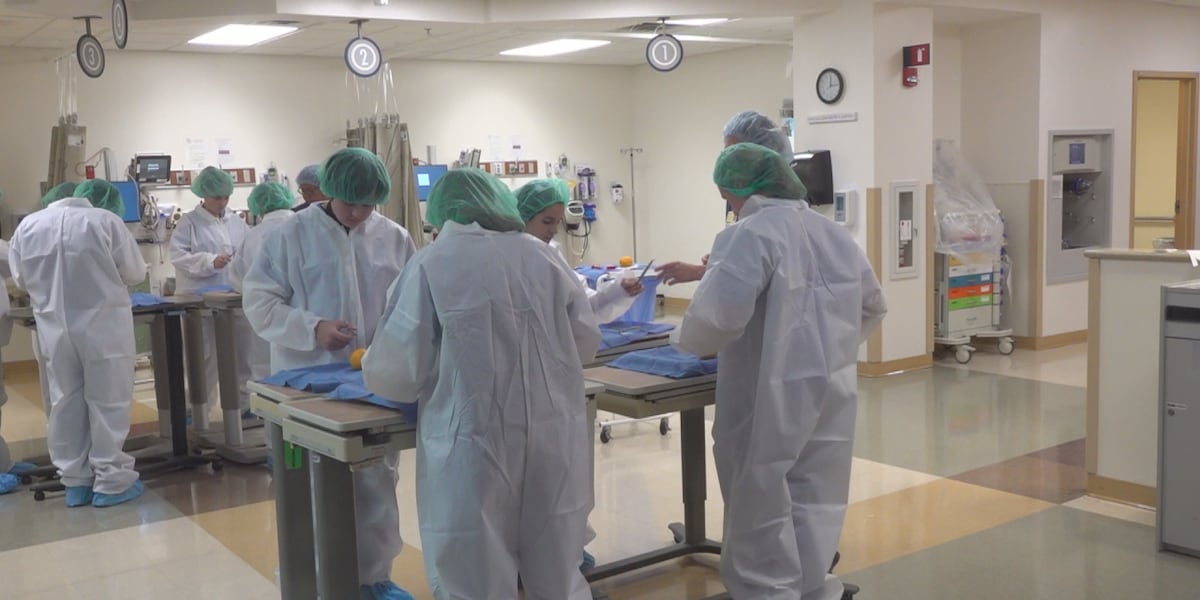
A newly published study employing capture-recapture analysis of administrative health data has revealed a significant gap in the identification and treatment of gout, suggesting that up to one in five individuals with the condition may not be receiving proper care.
The research leverages routinely collected administrative health data to estimate the prevalence of potentially undiagnosed or untreated gout cases. Capture-recapture methodology, commonly used in ecology to estimate population sizes, has been increasingly applied in public health research to assess unmet medical needs. This method cross-references multiple sources of data to identify cases that may be missed by any one source alone.
In this study, researchers analyzed large-scale health datasets, which likely included hospital records, prescription information, and general practice data. The comparison between overlapping and unique cases across these datasets enabled them to estimate the true number of individuals affected by gout in the population.
The findings suggest that approximately 20% of cases go unrecognized and untreated. Gout, a form of inflammatory arthritis caused by elevated levels of uric acid, is generally manageable with appropriate medication and lifestyle changes. However, undiagnosed or untreated gout can lead to chronic pain, joint damage, and decreased quality of life.
These results underscore the importance of improved screening and diagnostic practices in primary care settings. Enhancing data integration and communication across healthcare systems could help bridge this treatment gap.
Public health organizations and clinical providers are encouraged to consider these findings as they work to improve the management of chronic diseases like gout. The use of innovative analytic techniques such as capture-recapture analysis provides valuable insights into where health systems may be falling short in meeting population needs.
Source: https:// – Courtesy of the original publisher.








